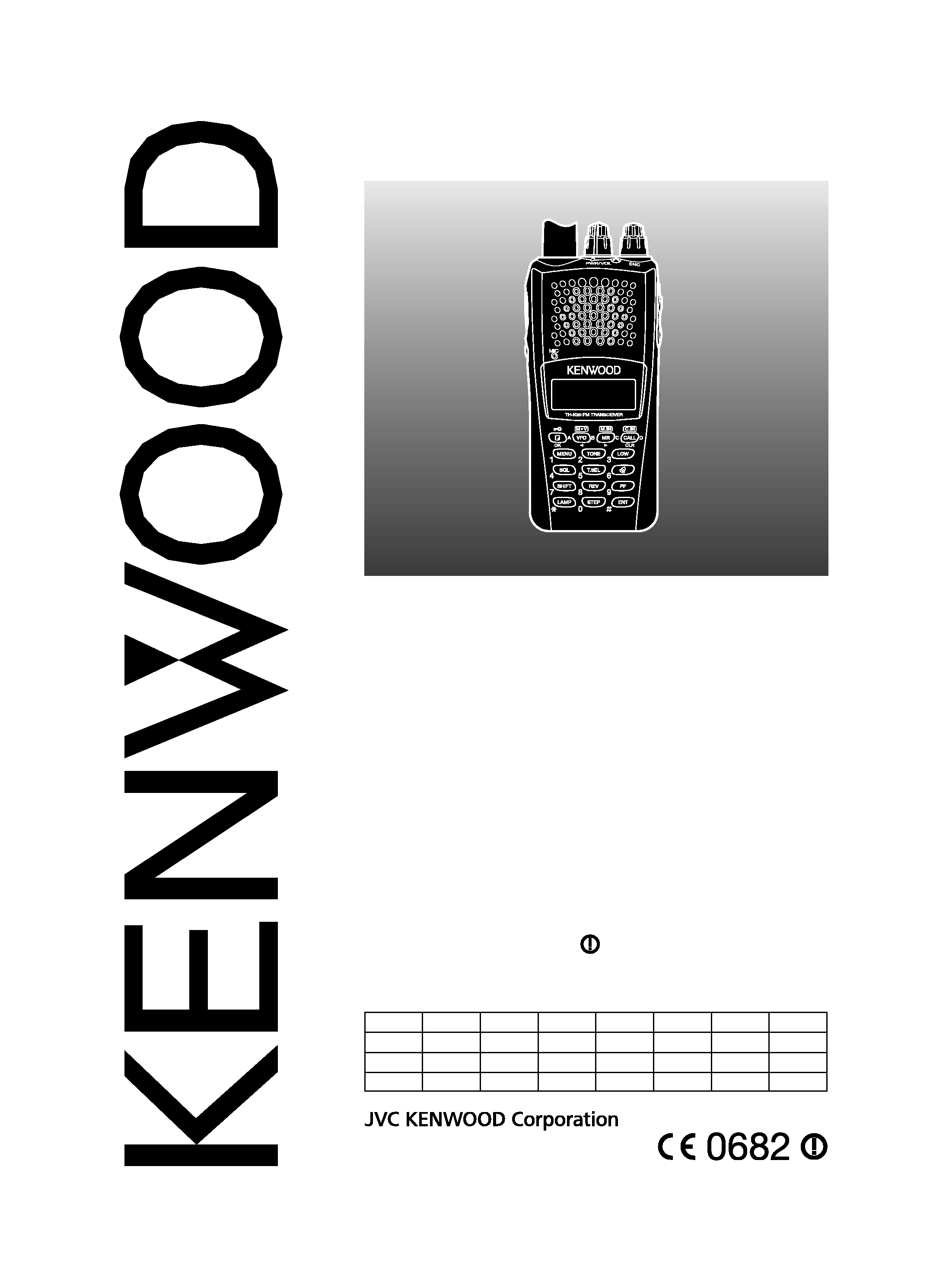
INSTRUCTION MANUAL
© B62-2365-00 (K, E, M)
09 08 07 06 05 04 03 02 01 00
TH-K40A
TH-K40E
430 MHz FM TRANSCEIVER
NOTIFICATION
This equipment complies with the essential requirements of
Directive 1999/5/EC.
The use of the warning symbol
means the equipment is subject
to restrictions of use in certain countries.
This equipment requires a licence and is intended for use in the
countries as below.
AT
BE
DK
FI
FR
DE
GR
IS
IE
IT
LI
LU
NL
NO
PT
ES
SE
CH
GB
CY
CZ
EE
HU
LV
LT
MT
PL
SK
SI
BG
RO
ISO3166
144 MHz FM TRANSCEIVER
TH-K20A
TH-K20E
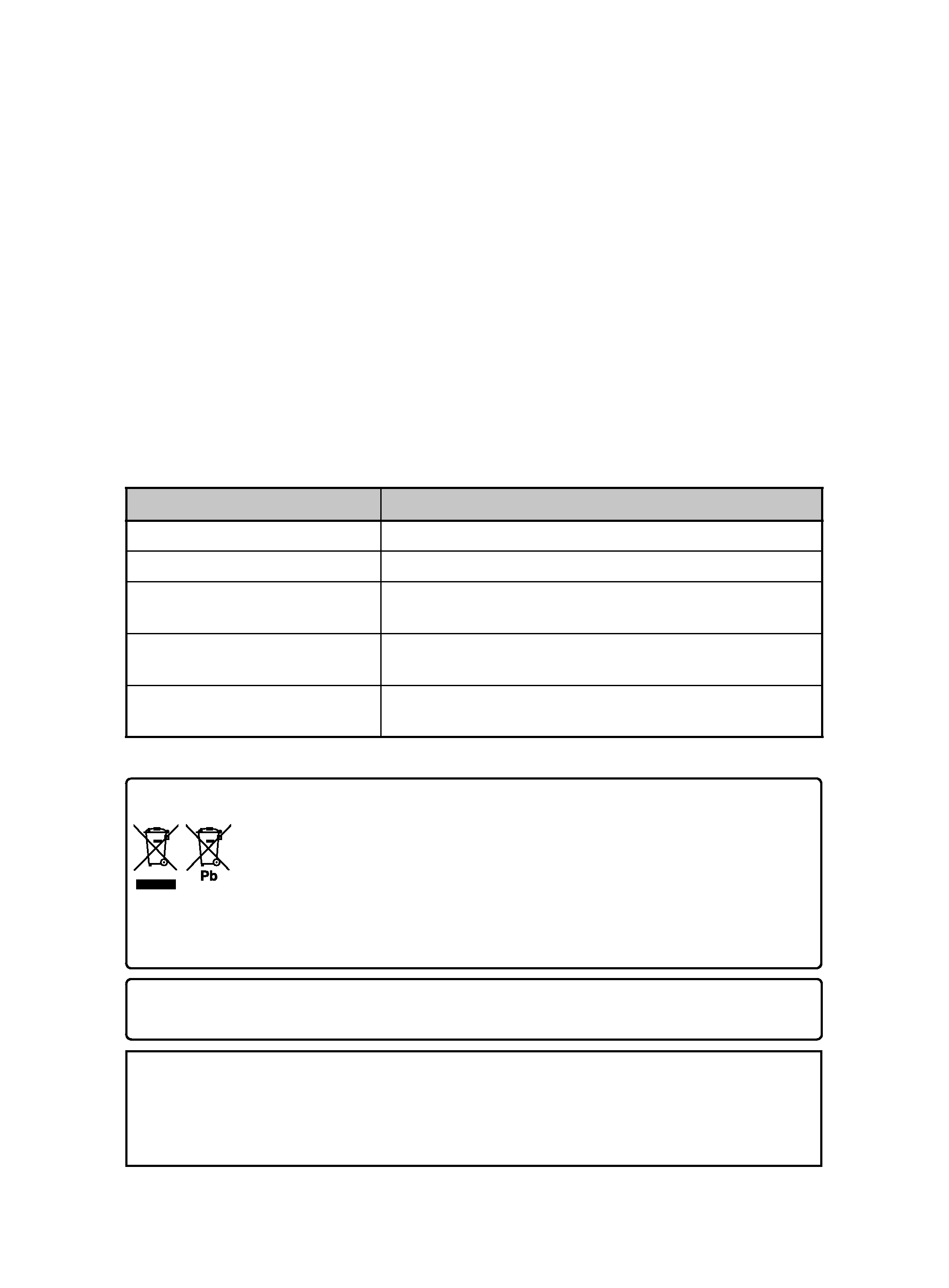
THANK YOU
We are grateful you decided to purchase this KENWOOD FM transceiver.
KENWOOD always provides Amateur Radio products which surprise and excite
serious hobbyists. This transceiver is no exception. KENWOOD believes that
this product will satisfy your requirements for voice communication.
MARKET TYPE CODES
K: The Americas
E: Europe
M: General
The market type code is printed on the bar-code label of the carton box.
WRITING CONVENTIONS FOLLOWED IN THIS MANUAL
The writing conventions described below have been followed to simplify
instructions and avoid unnecessary repetition.
Instruction
Action
Press [KEY].
Momentarily press KEY.
Press [KEY] (1s).
Press and hold KEY for 1 second or longer.
Press [KEY1], [KEY2].
Press KEY1 momentarily, release KEY1, then press
KEY2.
Press [F] - [KEY].
Press the F key to enter Function mode, then press
KEY to access its secondary function.
Press [KEY] + Power ON.
With the transceiver power OFF, press and hold
KEY while turning the transceiver power ON.
Information on Disposal of Old Electrical and Electronic Equipment and Batteries (applicable for EU
countries that have adopted separate waste collection systems)
Products and batteries with the symbol (crossed-out wheeled bin) cannot be disposed as
household waste.
Old electrical and electronic equipment and batteries should be recycled at a facility capable
of handling these items and their waste byproducts.
Contact your local authority for details in locating a recycle facility nearest to you.
Proper recycling and waste disposal will help conserve resources whilst preventing
detrimental effects on our health and the environment.
Notice: The sign "Pb" below the symbol for batteries indicates that this battery contains lead.
WHEN CONDENSATION OCCURS INSIDE THE TRANSCEIVER
Condensation may occur inside the transceiver in such a case where the room is warmed using
a heater on cold days or where the transceiver is quickly moved from a cold room to a warm room.
When condensation occurs, the microcomputer and/or the transmit/receive circuits may become
unstable, resulting in transceiver malfunction. If this happens, turn OFF the transceiver and just
wait for a while. When the condensation droplets disappear, the transceiver will function normally.
Firmware Copyrights
The title to and ownership of copyrights for firmware embedded in KENWOOD product memories
are reserved for JVC KENWOOD Corporation.
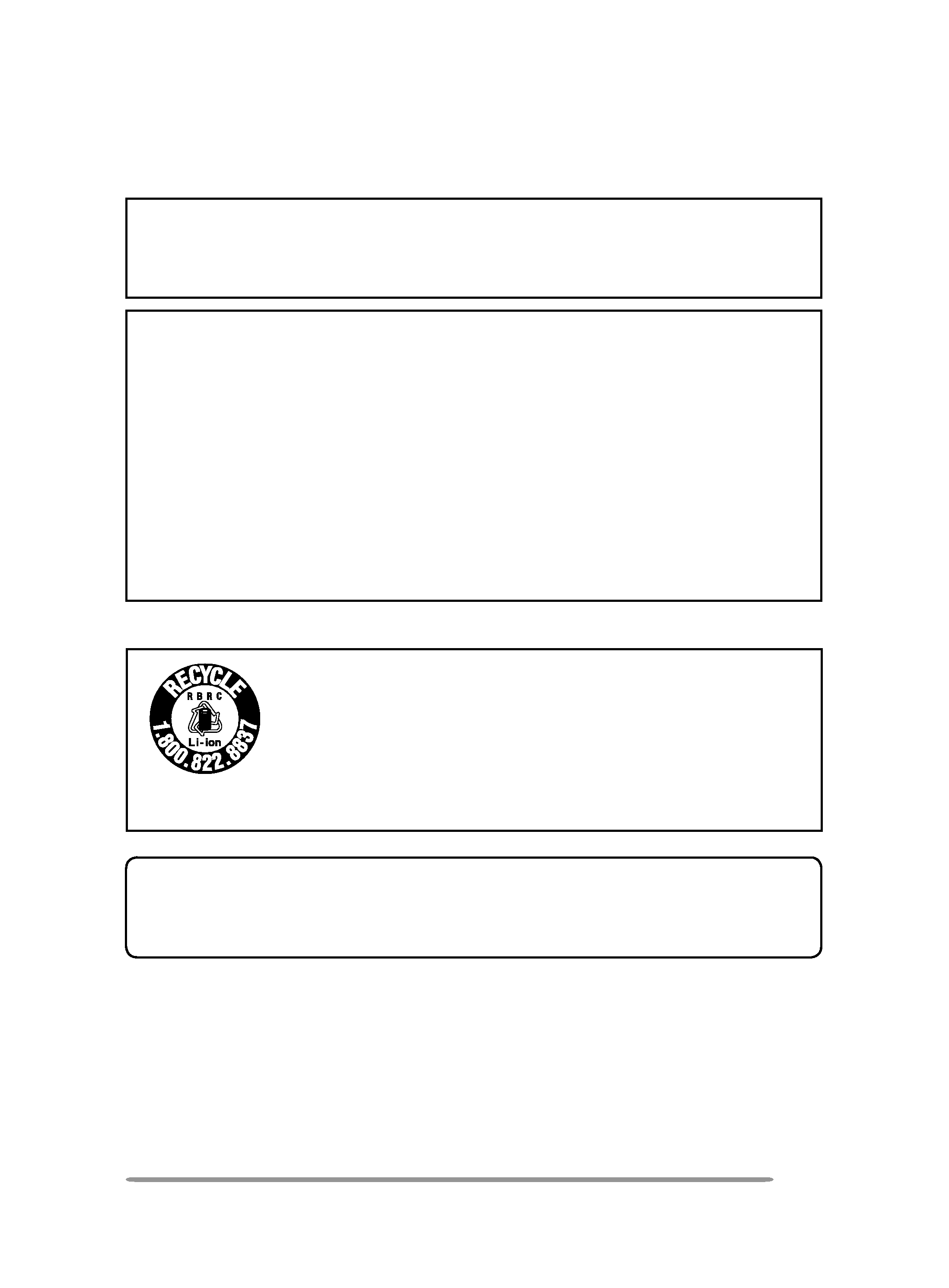
i
NOTICES TO THE USER
One or more of the following statements may be applicable:
FCC WARNING
This equipment generates or uses radio frequency energy. Changes or modifications to this
equipment may cause harmful interference unless the modifications are expressly approved in the
instruction manual. The user could lose the authority to operate this equipment if an unauthorized
change or modification is made.
INFORMATION TO THE DIGITAL DEVICE USER REQUIRED BY THE FCC
This equipment has been tested and found to comply with the limits for a Class B digital device,
pursuant to Part 15 of the FCC Rules. These limits are designed to provide reasonable protection
against harmful interference in a residential installation.
This equipment generates, uses and can generate radio frequency energy and, if not
installed and used in accordance with the instructions, may cause harmful interference to radio
communications. However, there is no guarantee that the interference will not occur in a particular
installation. If this equipment does cause harmful interference to radio or television reception,
which can be determined by turning the equipment off and on, the user is encouraged to try to
correct the interference by one or more of the following measures:
·
Reorient or relocate the receiving antenna.
·
Increase the separation between the equipment and receiver.
·
Connect the equipment to an outlet on a circuit different from that to which the receiver is
connected.
·
Consult the dealer for technical assistance.
ATTENTION: (USA only)
The RBRC Recycle seal found on KENWOOD lithium-ion (Li-ion) battery packs
indicates KENWOOD's voluntary participation in an industry program to collect and
recycle Li-ion batteries after their operating life has expired. The RBRC program is
an alternative to disposing Li-ion batteries with your regular refuse or in municipal
waste streams, which is illegal in some areas.
For information on Li-ion battery recycling in your area, call (toll free)
1-800-8-BATTERY (1-800-822-8837).
KENWOOD's involvement in this program is part of our commitment to preserve our
environment and conserve our natural resources.
This device complies with Industry Canada licence-exempt RSS standard(s).
Operation is subject to the following two conditions: (1) this device may not
cause interference, and (2) this device must accept any interference, including
interference that may cause undesired operation of the device.
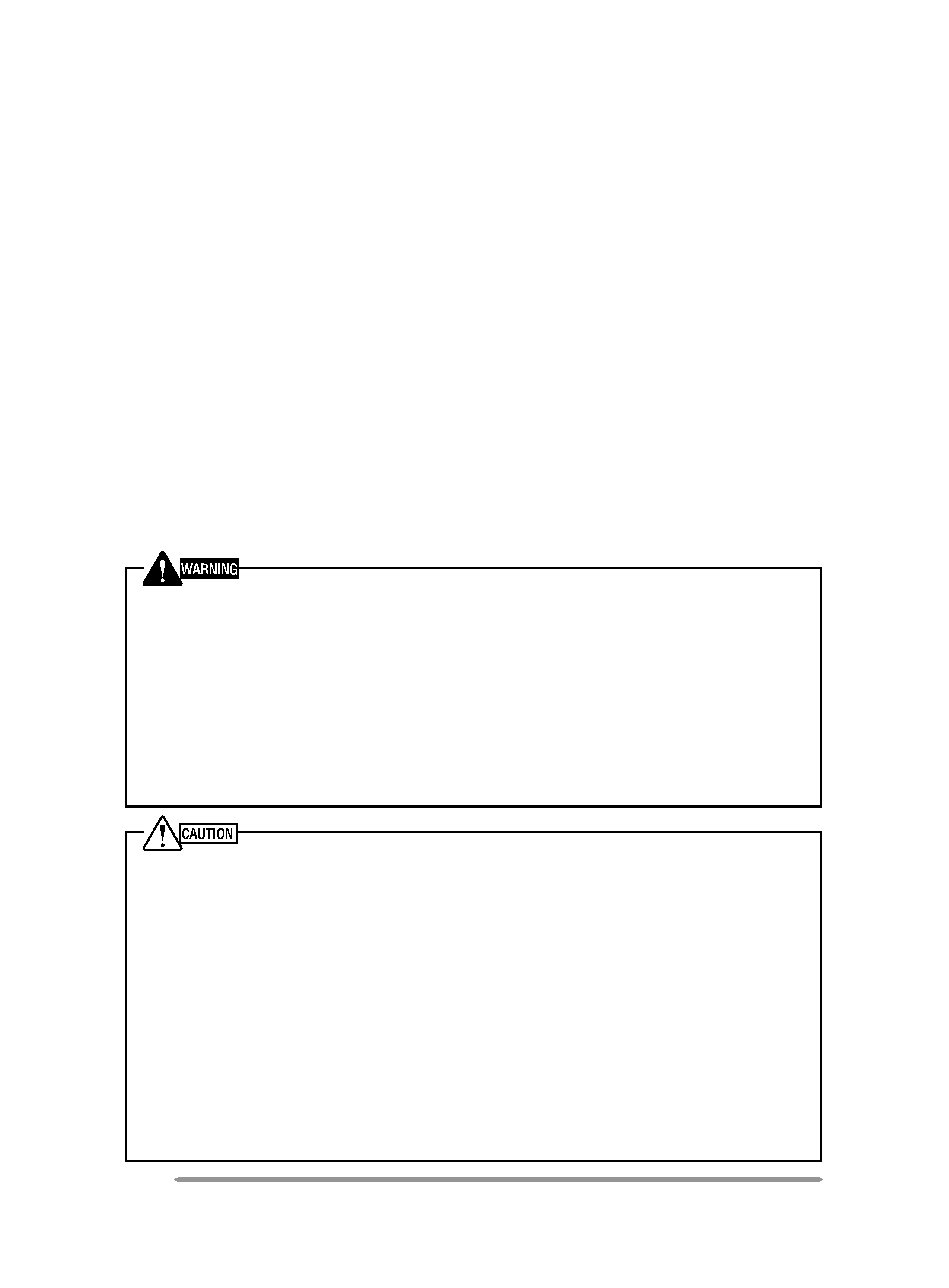
ii
PRECAUTIONS
·
Do not charge the transceiver and battery pack when they are wet.
·
Ensure that there are no metallic items located between the transceiver and the battery
pack.
·
Do not use options not specified by KENWOOD.
·
If the die-cast chassis or other transceiver part is damaged, do not touch the damaged
parts.
·
If a headset or headphone is connected to the transceiver, reduce the transceiver
volume. Pay attention to the volume level when turning the squelch off.
·
Do not place the microphone cable around your neck while near machinery that may
catch the cable.
·
Do not place the transceiver on unstable surfaces.
·
Ensure that the end of the antenna does not touch your eyes.
·
When the transceiver is used for transmission for many hours, the radiator and chassis
will become hot. Do not touch these locations when replacing the battery pack.
·
Do not immerse the transceiver in water.
·
Always switch the transceiver power off before installing optional accessories.
·
For safety reasons, we recommend that the battery charger be connected to an easily
accessible AC socket.
Turn the transceiver power off in the following locations:
·
In explosive atmospheres (inflammable gas, dust particles, metallic powders, grain
powders, etc.).
·
While taking on fuel or while parked at gasoline service stations.
·
Near explosives or blasting sites.
·
In aircraft. (Any use of the transceiver must follow the instructions and regulations
provided by the airline crew.)
·
Where restrictions or warnings are posted regarding the use of radio devices,
including but not limited to medical facilities.
·
Near persons using pacemakers.
·
Do not disassemble or modify the transceiver for any reason.
·
Do not place the transceiver on or near airbag equipment while the vehicle is
running. When the airbag inflates, the transceiver may be ejected and strike the
driver or passengers.
·
Do not transmit while touching the antenna terminal or if any metallic parts are
exposed from the antenna covering. Transmitting at such a time may result in a
high-frequency burn.
·
If an abnormal odor or smoke is detected coming from the transceiver, switch the
transceiver power off immediately, remove the battery pack from the transceiver, and
contact your KENWOOD dealer.
·
Use of the transceiver while you are driving may be against traffic laws. Please
check and observe the vehicle regulations in your area.
·
Do not expose the transceiver to extremely hot or cold conditions.
·
Do not carry the battery pack (or battery case) with metal objects, as they may short
the battery terminals.
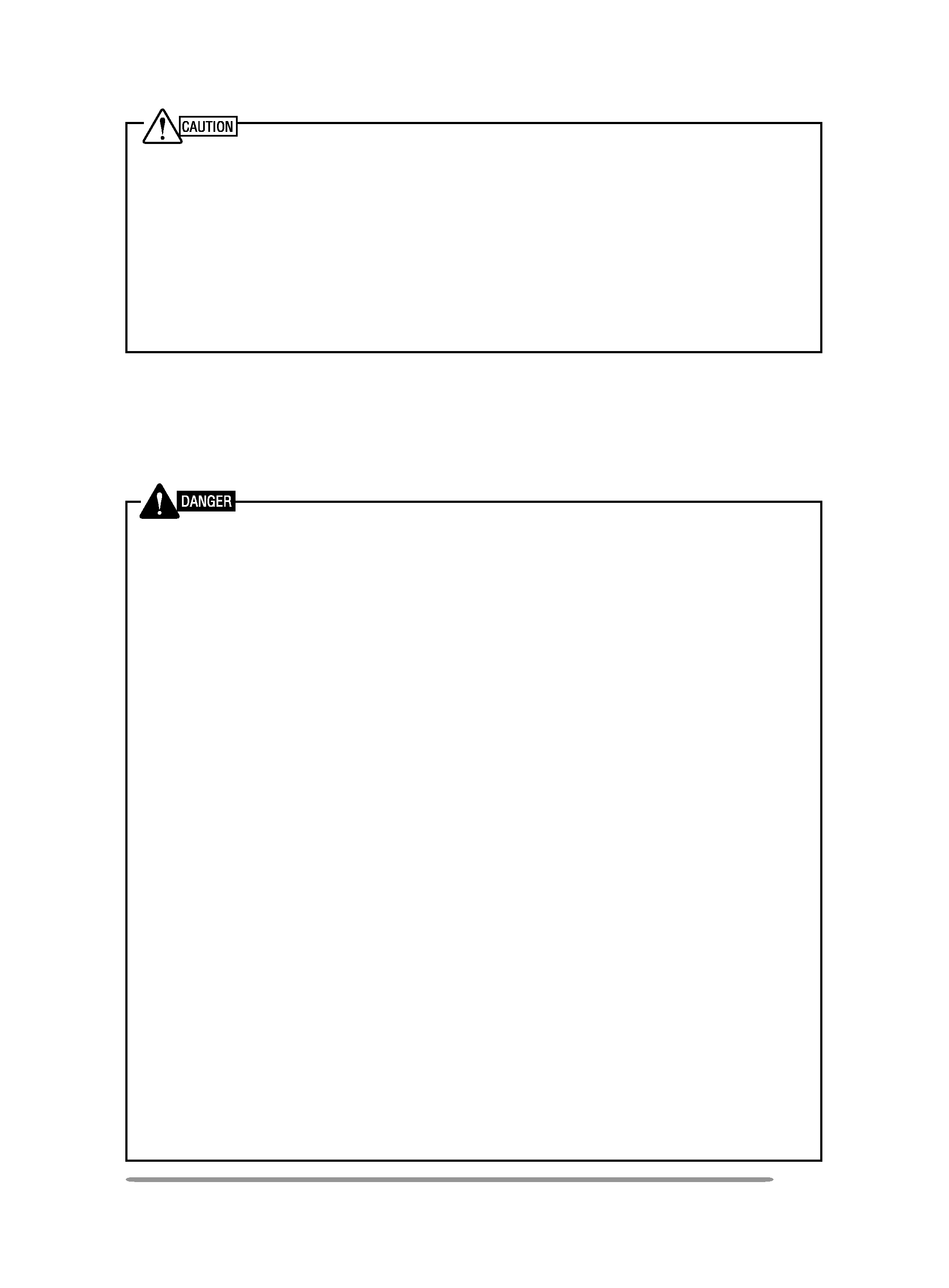
iii
·
Danger of explosion if the battery is incorrectly replaced; replace only with the same
type.
·
When operating the transceiver in areas where the air is dry, it is easy to build up
an electric charge (static electricity). When using an earphone accessory in such
conditions, it is possible for the transceiver to send an electric shock through the
earphone and to your ear. We recommend you use only a speaker/microphone in
these conditions, to avoid electric shocks.
·
When attaching a commercial strap to the transceiver, ensure that the strap is
durable. In addition, do not swing the transceiver around by the strap; you may
inadvertently strike and injure another person with the transceiver.
Information concerning the battery pack:
The battery pack includes flammable objects such as organic solvent.
Mishandling may cause the battery to rupture producing flames or extreme heat,
deteriorate, or cause other forms of damage to the battery. Please observe the
following prohibitive matters.
·
Do not disassemble or reconstruct battery!
The battery pack has a safety function and protection circuit to avoid danger. If they suffer
serious damage, the battery may generate heat or smoke, rupture, or burst into flame.
·
Do not short-circuit the battery!
Do not join the + and terminals using any form of metal (such as a paper clip or
wire). Do not carry or store the battery pack in containers holding metal objects (such
as wires, chain-necklace or hairpins). If the battery pack is short-circuited, excessive
current will flow and the battery may generate heat or smoke, rupture, or burst into
flame. It will also cause metal objects to heat up.
·
Do not incinerate or apply heat to the battery!
If the insulator is melted, the gas release vent or safety function is damaged, or the
electrolyte is ignited, the battery may generate heat or smoke, rupture, or burst into flame.
·
Do not leave the battery near fire, stoves, or other heat generators (areas
reaching over 80°C/ 176°F)!
If the polymer separator is melted due to high temperature, an internal short-circuit
may occur in the individual cells and the battery may generate heat or smoke,
rupture, or burst into flame.
·
Avoid immersing the battery in water or getting it wet by other means!
If the battery becomes wet, wipe it off with a dry towel before use. If the battery's
protection circuit is damaged, the battery may charge at extreme current (or voltage)
and an abnormal chemical reaction may occur. The battery may generate heat or
smoke, rupture, or burst into flame.
·
Do not charge the battery near fire or under direct sunlight!
If the battery's protection circuit is damaged, the battery may charge at extreme
current (or voltage) and an abnormal chemical reaction may occur. The battery may
generate heat or smoke, rupture, or burst into flame.
·
Use only the specified charger and observe charging requirements!
If the battery is charged in unspecified conditions (under high temperature over the
regulated value, excessive high voltage or current over regulated value, or with a
remodeled charger), it may overcharge or an abnormal chemical reaction may occur.
The battery may generate heat or smoke, rupture, or burst into flame.
